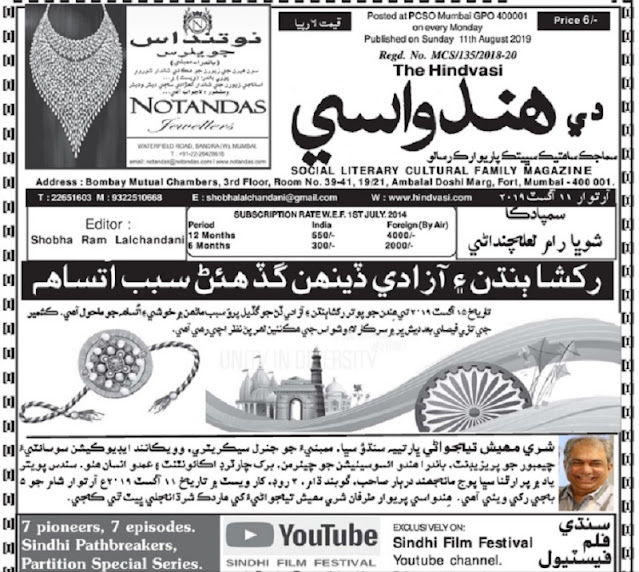Critical Reviews on Novel The Boy In Striped Pajamas
The Boy in the Striped Pajamas is novel by Irish novelist John Boyne published in 2006, and revolves around the holocaust. Unlike the months of planning Boyne devoted to his other books, he said that he wrote the entire first draft of The Boy in the Striped Pajamas in two and a half days, barely sleeping until he got to the end. He did, however, commit to nearly 20 years of research, reading and researching about the Holocaust as a teenager before the idea for the novel even came to him. As of March 2010, the novel had sold more than five million copies around the world. In both 2007 and 2008, it was the best selling book of the year in Spain, and it has also reached number one on the New York Times bestseller list, as well as in the UK, Ireland, and Australia. In 2008, the novel was adopted into a film and it too did well around the globe.
Here are some critical reviews about the novel:
The Guardian, calls the novel "a small wonder of a book". While she comments on "the oddness of Auschwitz security being so lax that a child prisoner could make a weekly date with the commandant's son without anyone noticing", she describes the novel as "something that borders on fable", arguing that "Bruno's innocence comes to stand for the willful refusal of all adult Germans to see what was going on under their noses".
The Independent, calls the novel "a fine addition to a once taboo area of history, at least where children's literature is concerned. It provides an account of a dreadful episode short on actual horror but packed with overtones that remain in the imagination. Plainly and sometimes archly written, it stays just ahead of its readers before delivering its killer punch in the final pages."
The Age of Melbourne, calls the novel "a touching tale of an odd friendship between two boys in horrendous circumstances and a reminder of man's capacity for inhumanity". He felt that "Bruno's friendship with Shmuel is rendered with neat awareness of the paradoxes between children's naïve egocentricity, their innate concept of fairness, familial loyalty and obliviousness to the social conventions of discrimination". He concludes by observing that "The Boy in the Striped Pyjamas is subtitled A Fable and, as in other modern fables such as Antoine de St.-Exupéry's The Little Prince, Boyne uses Bruno to reveal the flaws in an adult world".
The New York Times, questioned the author and publisher's choice to intentionally keep the Holocaust setting of the book vague in both the dust jacket summary and the early portion of the novel, writing: "Boyne's reluctance to say as much can certainly be defended, not least on the grounds that the characters in a story about the Holocaust are themselves most likely unaware of the scale and historical importance of their experiences.
To recreate those experiences faithfully might require undoing some of the readers' preconceptions". However Scott felt this undermined the work, saying: "A young reader who knows little or nothing about the mass murder of European Jews by the Nazis will not know much more after reading The Boy in the Striped Pajamas, while one who has read other books on the topic Jerry Spinelli's Milkweed, say, or Anne Frank's diary may be irritated by the book’s evasions and euphemisms. There is something awkward about the way Boyne manages to disguise, and then to disclose, the historical context". Scott concludes that "To mold the Holocaust into an allegory, as Boyne does here with perfectly benign intent, is to step away from its reality".





Comments
Post a Comment